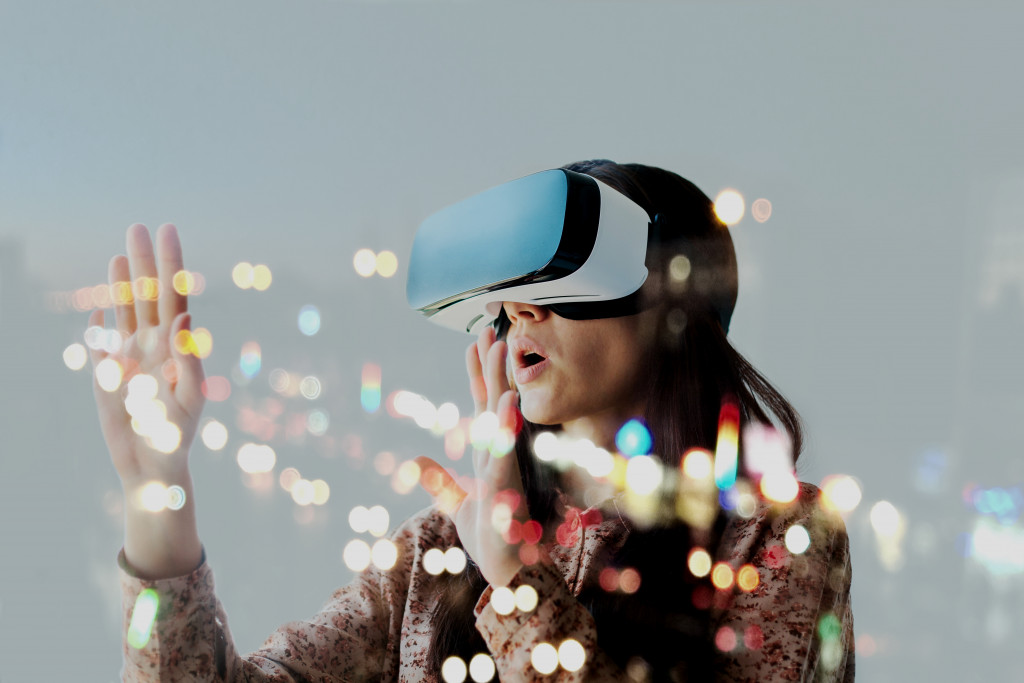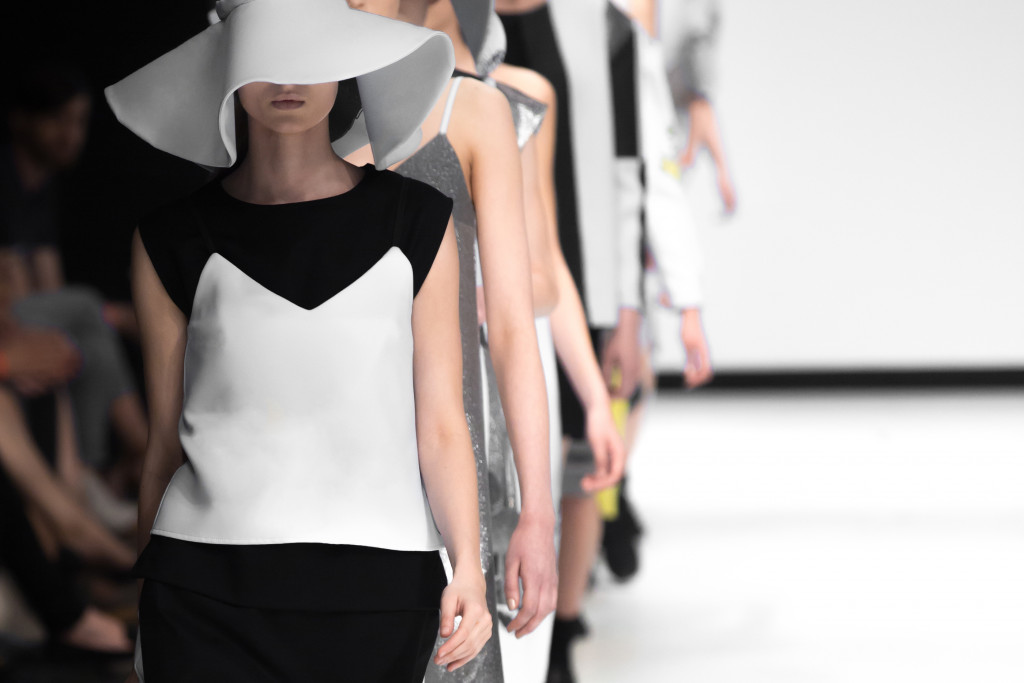Technology is changing every facet of the world, including the clothes we wear on our backs. Now more than ever, fashion designers and businesses need to keep up not just with ever-evolving trends but also with developments in the world of technology and machines to make the best clothes that fit with the times. If you are a budding fashion designer or someone who wants to start your own clothing brand someday, here are some technologies and tools you need to know.
Innovative or novel fabrics
Since we are currently seeing a climate emergency play out, we need to find ways to create more sustainable clothes. Not many people know that even vegan leather is not the most sustainable option. Thankfully, multiple startups are coming up with lab-grown leather that looks and feels authentic. At the same time, some are developing super-strong spider silk. If you’re the kind of designer who cares about how textiles and fabrics will affect the environment, these novel fabrics are certainly worth exploring.
Heat-press machines
Dye sublimation heat press machines were developed to imprint a graphic or a design on fabrics, but they can also be used for other items such as caps, mugs, jigsaw puzzles, plates, and other items. Digital technology has made it even more convenient in newer machines because it allows users to gain precise control over the pressure levels, heat, and timing. If you’re primarily working with prints and other stylish graphic designs, this machine needs its own place in your studio.
Smart fabrics
Another type of novel fabric every fashion designer must explore is smart fabrics or textiles with a digital component installed or embedded in them. This component can range from an electronic chip to a battery and even a sensor. These fabrics were developed to integrate tools and technologies that will provide the wearer with better functionality. The two functions the technology plays include:
- Aesthetic, which means the technology was integrated to make the clothing stand out more from a visual standpoint. An example of this is light-up sneakers and clothes that change colors when the heat of your body touches them.
- Performance improvement, which is perfect for designers who are planning on coming up with sportswear. These technologies can help improve human functions and monitor and control perspiration, breathing, body temperature, heart rate, etc. Some examples include fabrics that help protect users from radiation and sports attires that can help regulate body temperature while working out.
Cube
If you’ve been designing clothes for a while, then you must know how it feels to look at a piece in progress and wonder what it would look like in a different color. This problem can be easily solved by the tiny but mighty Cube device, which allows you to change the color of any surface with a single tap. You can bring this portable digitizer to the studio or anywhere else you plan to work, and you can change any color on any surface, removing the need to imagine or create a new piece to bring your vision to life.
Intuos Pro Paper Edition
Another modern device you can consider is the Intuos Pro Paper Edition, which allows artists to draw on a tablet that looks like paper. While iPads and other regular tablets can work just fine, there are plenty of artists who like the look and feel of drawing using actual pen and paper, and this device is a wonderful alternative to that. It also has plenty of key features that can make your drawings come alive and look better than when you’re using regular paper or your everyday tablet.
Augmented reality (AR) fitting rooms

With the COVID-19 crisis causing people to have to stay home for their health, engineers and businesses worldwide are racing to bring augmented reality (AR) technology to people’s homes. Many business pundits also believe AR is the future of marketing, so we can’t be surprised if one day AR fitting rooms are used by every fashion house to help their customers see what the clothes will look like on them without having to go to the physical store. If you are a budding designer who dreams of owning your own fashion line someday, start researching AR technology now and how it will affect the fashion industry.
Technology and fashion have always overlapped in the past few decades, and the future will be no exception. Fashion designers need to embrace technology as a key part of fashion in the years to come.


